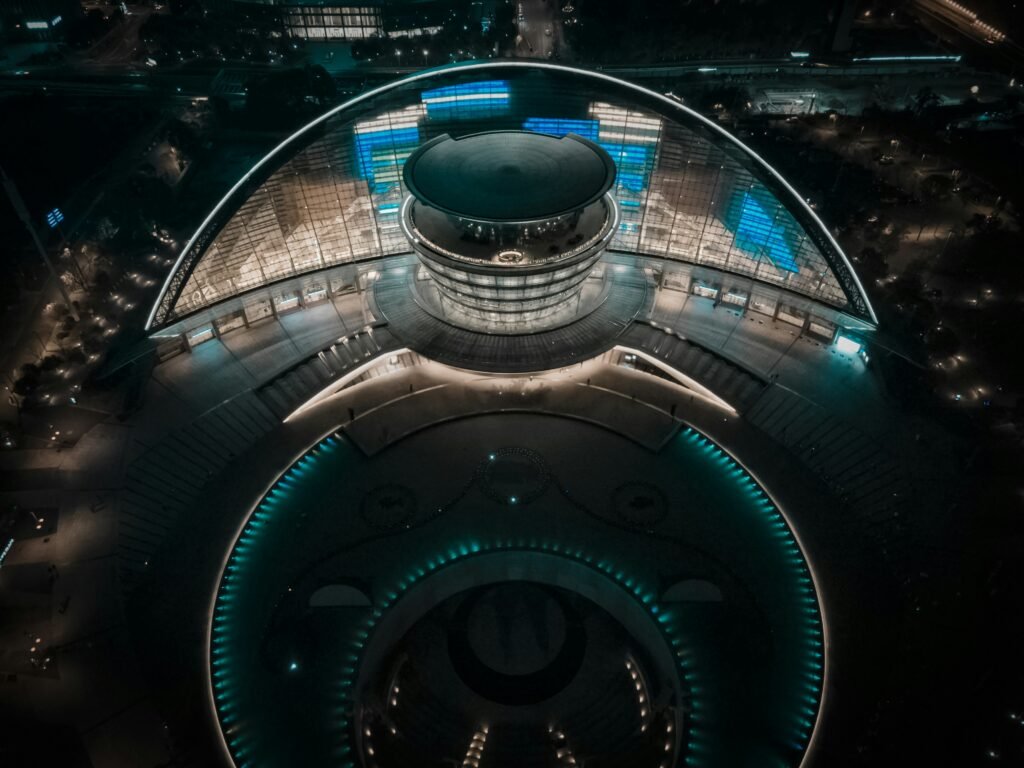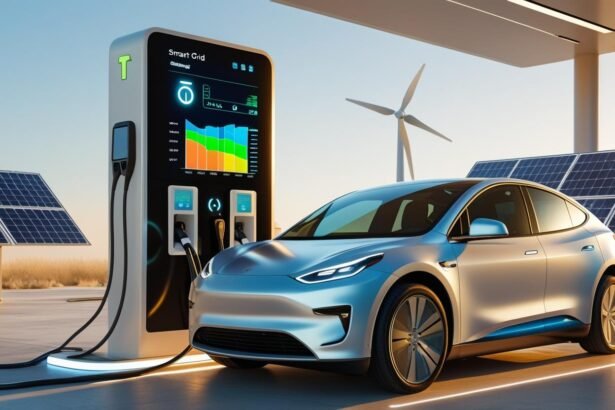
Living in space is no longer just science fiction. Today, scientists and companies like SpaceX are working on making life beyond Earth possible. The main challenge isn't just reaching space — it's surviving there long-term. This is where the idea of a sustainable space colony comes in.
A sustainable space colony is a space home that doesn’t rely on Earth to survive. It must provide essentials like water, food, energy, shelter, and waste recycling. This article outlines the key steps in building such a colony and how US and UK space tech are helping make it real.
Why Do We Need a Space Colony?

Earth’s population grows and natural resources shrink, so scientists are exploring other places where humans could live. Climate change, pollution, and overpopulation are pushing us to think beyond our planet. Space settlements could become the answer, not just for survival, but for learning, growing, and protecting human life.
If something happens to Earth, having a colony on another planet like Mars could help keep humanity alive. That’s why space agencies are investing time and money into figuring out how to build space colonies that last.
Steps of Sustainable Space Colony

Step 1: Choosing the Right Location
The first step in building a sustainable space colony is to find the right places. Some of the most promising locations are:
- Mars: It has water in the form of ice and a day length similar to Earth.
- Moon: Close to Earth, great for practice missions, and has useful resources.
- Orbiting Space Stations: Like a space hotel or hub, floating around Earth or other planets.
Each location has pros and cons. Mars is far away but has more potential for long-term living. The Moon is closer but harsher. Choosing wisely is key to survival and sustainability.
Step 2: Building the Infrastructure

Once a site is chosen, the next step is to build homes and systems that can support life. These include:
- Habitats that protect against extreme temperatures, radiation, and space dust
- Solar panels or nuclear energy to power everything
- Greenhouses for growing food
- Water systems that recycle and purify water
- Air systems to produce and clean breathable air
In space, there is no room for waste. That’s why sustainability is the core idea in every design.
Step 3: Life Support and Sustainability Systems
A sustainable space colony must operate in a way that keeps people alive without requiring constant support from Earth. This means:
- Growing food locally with hydroponics or vertical farming
- Recycling water and air through closed-loop systems
- Managing waste by turning it into energy or compost
- Using solar power or other renewable energy
Engineers must also create backup systems in case of failure. These steps are part of making life in a colony safe, healthy, and long-lasting.
Who Is Leading the Way?
Many organizations are working toward space settlements, but a few are leading the charge:
- SpaceX is developing rockets like Starship to carry humans to Mars. Elon Musk’s long-term goal is to build a city on Mars.
- NASA is researching how humans can survive long periods in space.
- The UK Space Agency is working on satellite tech, lunar research, and green energy for space use.
Together, the US and UK space tech sectors are solving problems like radiation protection, food production, and sustainable energy. These are the building blocks of future colonies.
The Role of Private Investment
Creating a colony in space isn’t cheap. That’s why there’s a growing push for people and companies to invest in space colony projects. From building advanced rockets to designing life support systems, private companies are bringing fresh ideas and funds into the mission.
Crowdfunding, space startups, and even space tourism are helping make this dream a reality. As public interest grows, so do opportunities for business and innovation in space.
Public Curiosity and Research Access
People around the world are now more interested in space than ever before. From following rocket launches to reading about Mars missions, the public wants to be part of the journey. You can follow space colony research online through NASA, SpaceX, and science websites.
You can also read books, watch documentaries, or attend events that explore the topic of sustainable space colonies. Education and curiosity are fueling support for space innovation.
Challenges We Still Face
A lot has been achieved, but building the colony in space is still very hard. Here are a few major challenges:
- Radiation: Space lacks a protective atmosphere like Earth’s
- Isolation: Living far from Earth can affect mental health
- Cost: It takes billions of dollars and years of planning
- Technology limits: We’re still testing long-term systems for food, water, and energy
Overcoming these issues requires teamwork from governments, businesses, and scientists worldwide.
The Future of Space Living
Despite the challenges, progress is happening fast. Within the next few decades, we may see humans not just visiting space but living there. Space settlements might start small, like research stations, and grow into full communities.
As technology improves and more people invest in space colony projects, we are getting closer to making life beyond Earth a real possibility. And once we succeed in building one colony, many more will follow — maybe even on other planets.
Conclusion
The idea of a sustainable space colony is no longer a fantasy. With help from leading brands like SpaceX, support from US and UK space tech, and growing public interest, the path to space living is becoming clearer.
From picking the right planet to building green systems and safe homes, each step is a part of a much bigger dream. If we keep learning, building, and working together, humans may soon be calling another world “home.”








